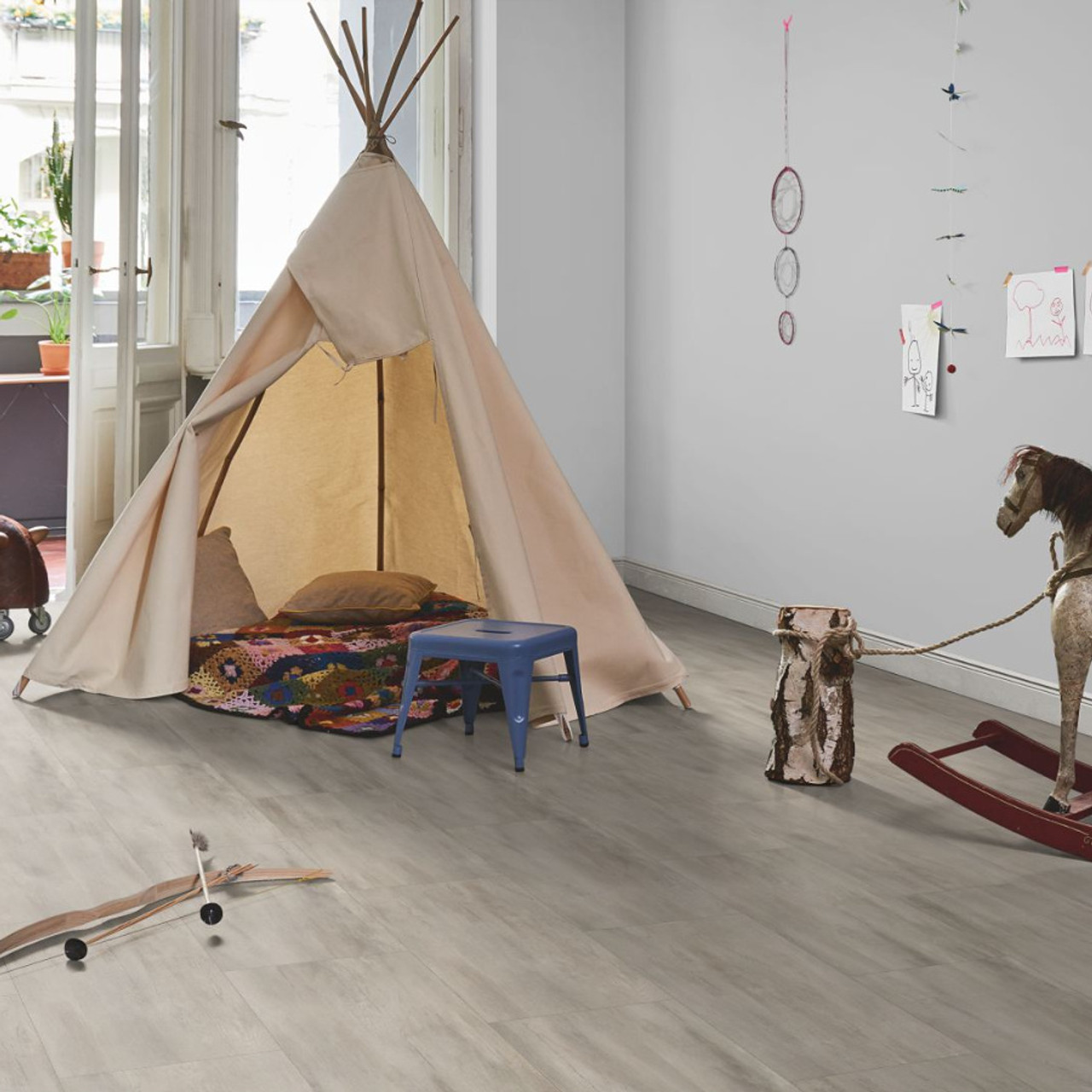Understanding the Different Types of Vinyl Flooring
30th Nov 2023
When it comes to choosing the right flooring for your home or workspace, one of the most popular options is vinyl. Known for its durability, water resistance and easy maintenance, vinyl flooring has become a preferred choice for many homeowners and business owners alike.
But with different types of vinyl flooring available in the market, it can be overwhelming to understand the terminology associated with them. In this blog post, we’ll discuss the five main types of vinyl flooring and their distinct features, helping you make an informed decision for your next flooring project.
1. Dryback Vinyl
Dryback vinyl, also referred to as glue-down or traditional vinyl, is a popular choice for its versatility. This type of vinyl flooring requires an adhesive to be applied on the subfloor before installation, making it a permanent and long-lasting option. Dryback vinyl comes in a wide range of designs and styles, including wood, stone and tile patterns, allowing you to customise your space according to your preferences. However, it does require professional installation and can be time-consuming.
Dryback vinyl allows for intricate designs and can realistically mimic the authenticity of a real stone or wood floor.
2. Stuck Down Vinyl
Stuck down vinyl is a variation of dryback vinyl, with the main difference being the adhesive used. This type of vinyl flooring features a pressure-sensitive adhesive backing, making it easier to install and less time-consuming compared to traditional glue-down vinyl. Stuck down vinyl is also available in various designs and patterns, making it a versatile option for any space.
3. Click-Vinyl
Click-vinyl, is a popular choice due to its ease of installation and realistic appearance. This type of vinyl flooring features interlocking planks or tiles that click together without the need for adhesive, making it a DIY-friendly option. Click-vinyl is available in a wide variety of designs and can mimic the look of hardwood, stone or tile flooring. It’s also waterproof and highly durable, making it suitable for high-traffic areas.

4. LVT
LVT, or Luxury Vinyl Tile is a term used today quite generally, usually to differentiate individual vinyl tile, or plank flooring from traditional sheet vinyl. LVT floors include embossed surface textures to replicate not only the look of natural materials but also how it feels to touch. Brands such as Karndean have made LVT flooring synonymous with a modern vinyl floor, but there are a large range of alternative flooring brands manufacturing quality LVT today which is available in the UK. For example, Kahrs and Parador flooring both manufacture premium LVT floors which are generally a lower price point than the bigger, more established brands.
4. Sheet Vinyl
Sheet vinyl, also known as sheet linoleum or roll vinyl, is a continuous sheet of vinyl flooring that is installed by rolling it out and adhering it to the subfloor. This type of vinyl comes in large rolls, making it a great option for covering larger areas without any seams or joints. Sheet vinyl is also highly durable and water-resistant, making it suitable for bathrooms, kitchens and other high-moisture areas. It’s available in various designs and patterns, including mosaics and faux hardwood. This is a much lower cost option to an LVT or Click-Vinyl, but will not be as authentic and is today primarily used in commercial environments.
Conclusion
Vinyl flooring offers a wide range of benefits, including affordability, versatility and ease of maintenance. Understanding the different types of vinyl flooring terminology can help you make an informed decision when choosing the right option for your space. Whether you prefer traditional glue-down vinyl or easy-to-install click-vinyl, there’s a type of vinyl flooring that will suit your needs and preferences.


